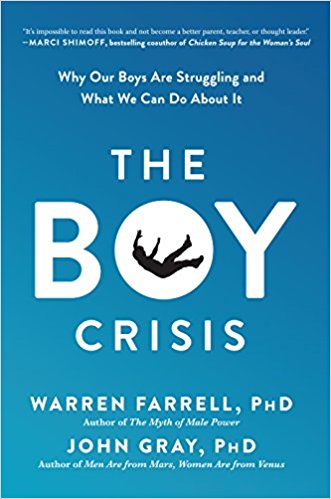ADHD- Ritalin (often misspelled as Ritlan)
Ritalin - ADHD and the drugging of children
Why Ritalin Rules
By MARY EBERSTADT, April 1999, Policy Review, Heritage Foundation, Washington D.C., U.S.A.
There are stories that are mere signs of the times, and then there are stories so emblematic of a particular time and place that they demand to be designated cultural landmarks. Such a story was the New York Times front-page report on January 18 appearing under the tame, even soporific headline, "For School Nurses, More Than Tending the Sick."
"Ritalin, Ritalin, seizure drugs, Ritalin," in the words of its sing-song opening. "So goes the rhythm of noontime" for a typical school nurse in East Boston "as she trots her tray of brown plastic vials and paper water cups from class to class, dispensing pills into outstretched young palms." For this nurse, as for her counterparts in middle- and upper-middle class schools across the country, the days routine is now driven by what the Times dubs "a ticklish question," to wit: "With the number of children across the country taking Ritalin estimated at well over three million, more than double the 1990 figure, who should be giving out the pills?"
"With nurses often serving more than one school at a time," the story goes on to explain, "the whole middle of the day can be taken up in a school-to-school scurry to dole out drugs." Massachusetts, for its part, has taken to having the nurse deputize "anyone from a principal to a secretary" to share the burden. In Florida, where the ratio of school nurses to students is particularly low, "many schools have clerical workers hand out the pills." So many pills, and so few professionals to go around. What else are the authorities to do? Read More ..

It's Tough to be a Boy in American Schools
It's a bad time to be a boy in America, Christina Sommers says in her important new book, The War Against Boys. We are turning against boys, she writes. Boys need discipline, respect and moral guidance. They do not need to be pathologized. Sommer's book is packed with examples of the anti-male attitudes that pervade the public schools.
In my eldest daughter's pre-kindergarten class, run by parents in Greenwich Village, the children were from all sorts of ethnic and class backgrounds, but they always sorted themselves out by sex. The girls sat quietly at tables, drawing and talking. The boys all ran around screaming like maniacs, bouncing off the walls, raising so much ear-splitting commotion that my first reaction each day was a fleeting urge to strangle them all.
I do not believe that these male tots were acting out their assigned masculine gender roles in the patriarchical order. I think the obvious is true: Boys are different from girls. They like rough-and-tumble play. When they alight somewhere, they build something, then knock it down. They are not much interested in sitting quietly, talking about their feelings or working on relationships. They like action, preferably something involving noise, conflict and triumph.
Teachers know that girls are better suited to schooling. So if you want to teach boys, allowances must be made. One of the tragedies of the last 20 years or so is that school systems are increasingly unwilling to make those allowances. Instead, in the wake of the feminist movement, they have absorbed anti-male attitudes almost without controversy. They are now more likely to see ordinary boy behavior as something dangerous that must be reined in. Or they may tighten the screws on boys by drafting extraordinarily broad zero-tolerance and sexual-harassment policies. Worse, they may simply decide that the most active boys are suffering from attention deficit disorder and dope them up with Ritalin. Read More ..
![]()
Attention deficit disorder on the rise in girls
Maclean's Magazine, Karen Richardson, December 23, 2003
The number of girls being diagnosed with attention deficit/hyperactivity disorder (ADHD) has "strikingly increased," according to U.S. research.
ADHD is a common childhood behavioural disorder that can persist into adulthood. Children with ADHD may have trouble functioning at home and in school because they are unable to focus, are impulsive or are easily distracted.
From 1990 to 2000, the rates of ADHD diagnosis and treatment increased significantly among children ages five through 18 years, according to researchers from Washington State University in Spokane. Read More ..
See our links page Links regarding ADHD-Ritalin





